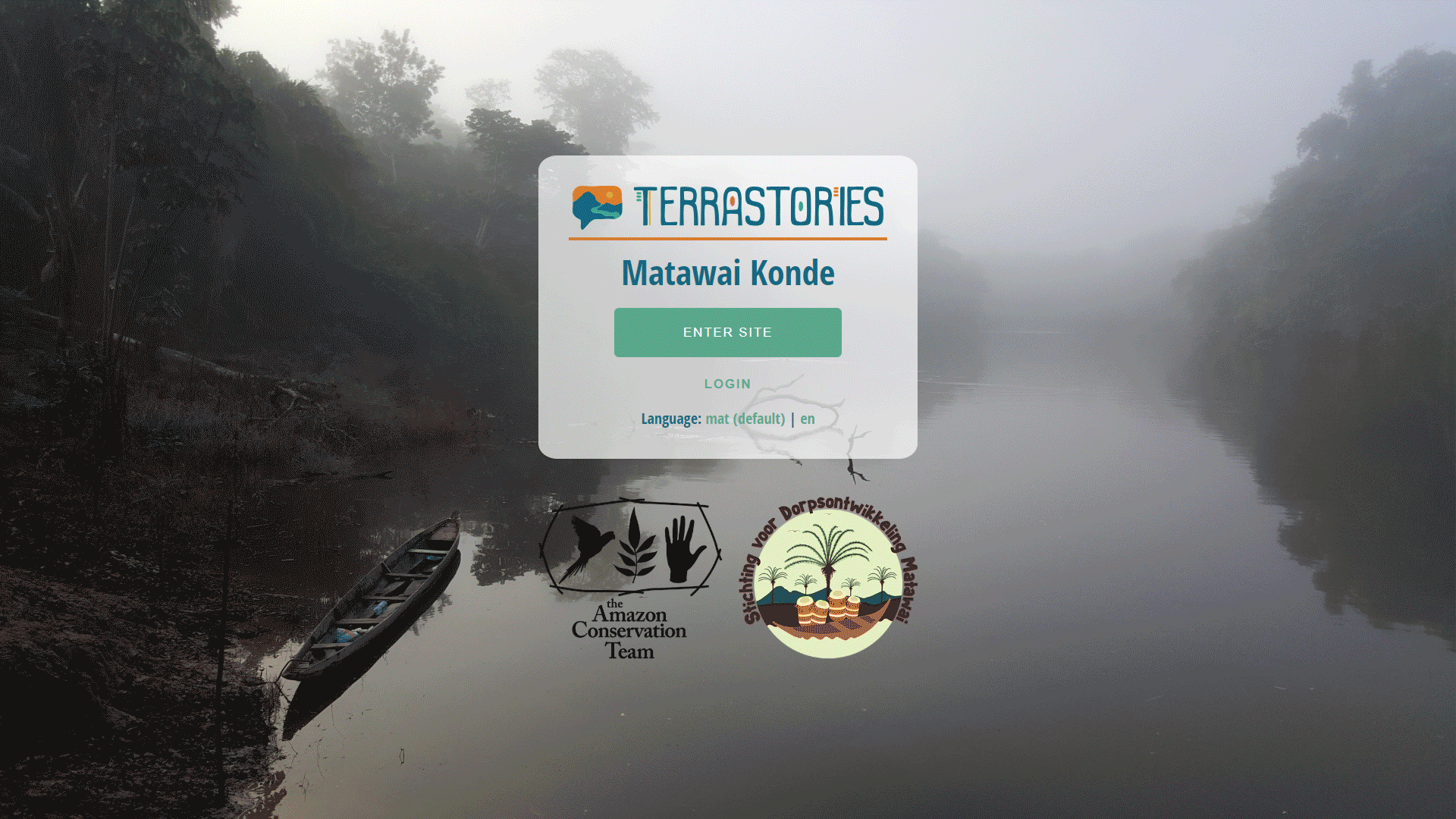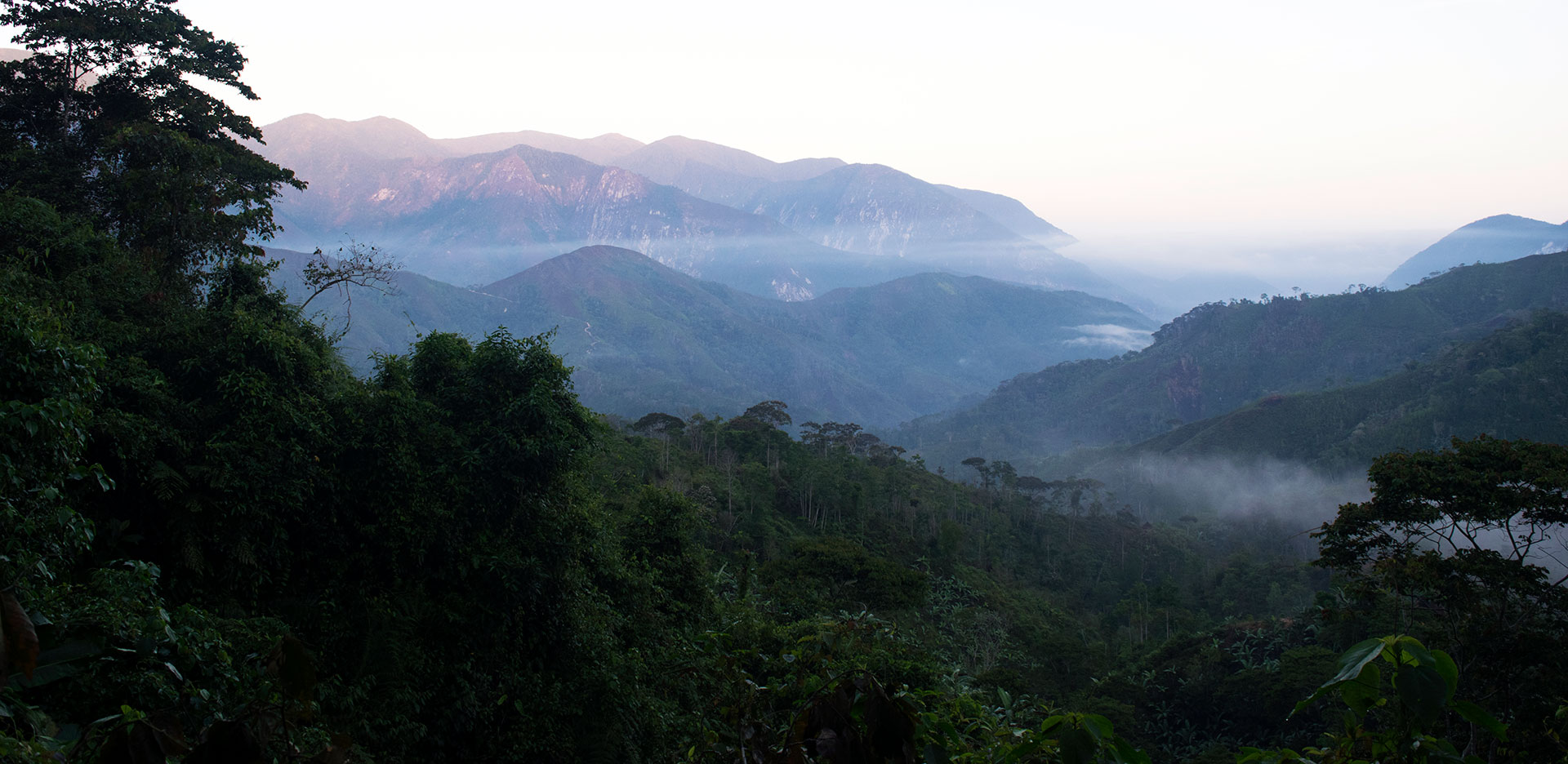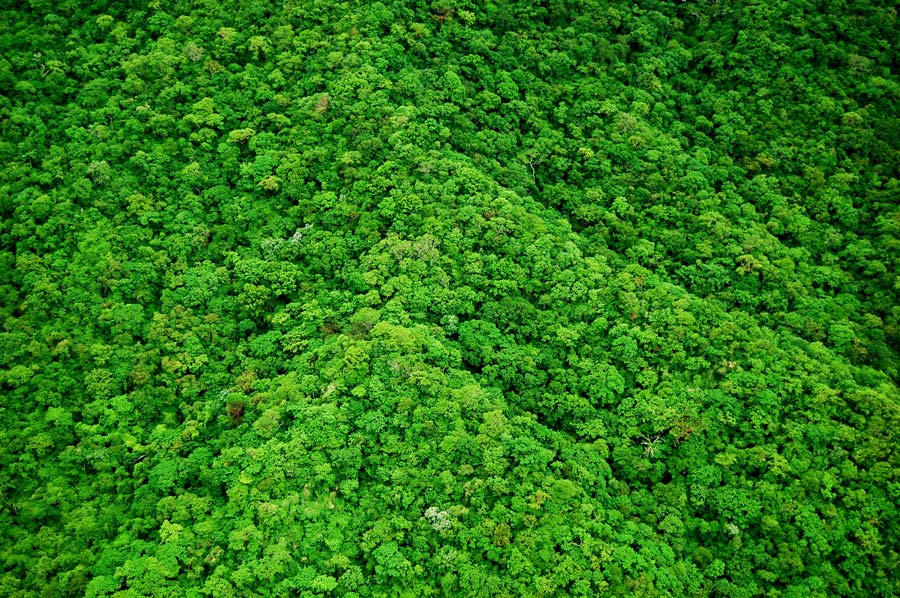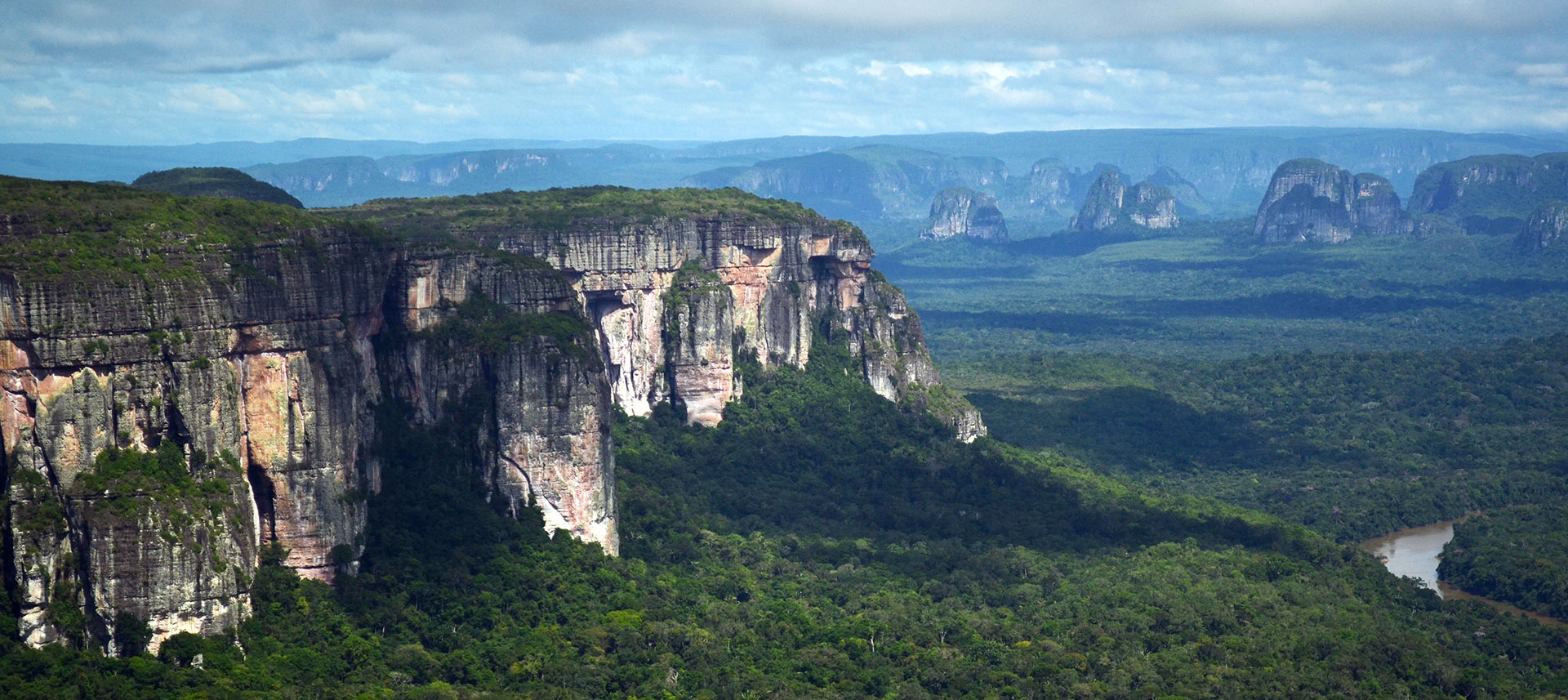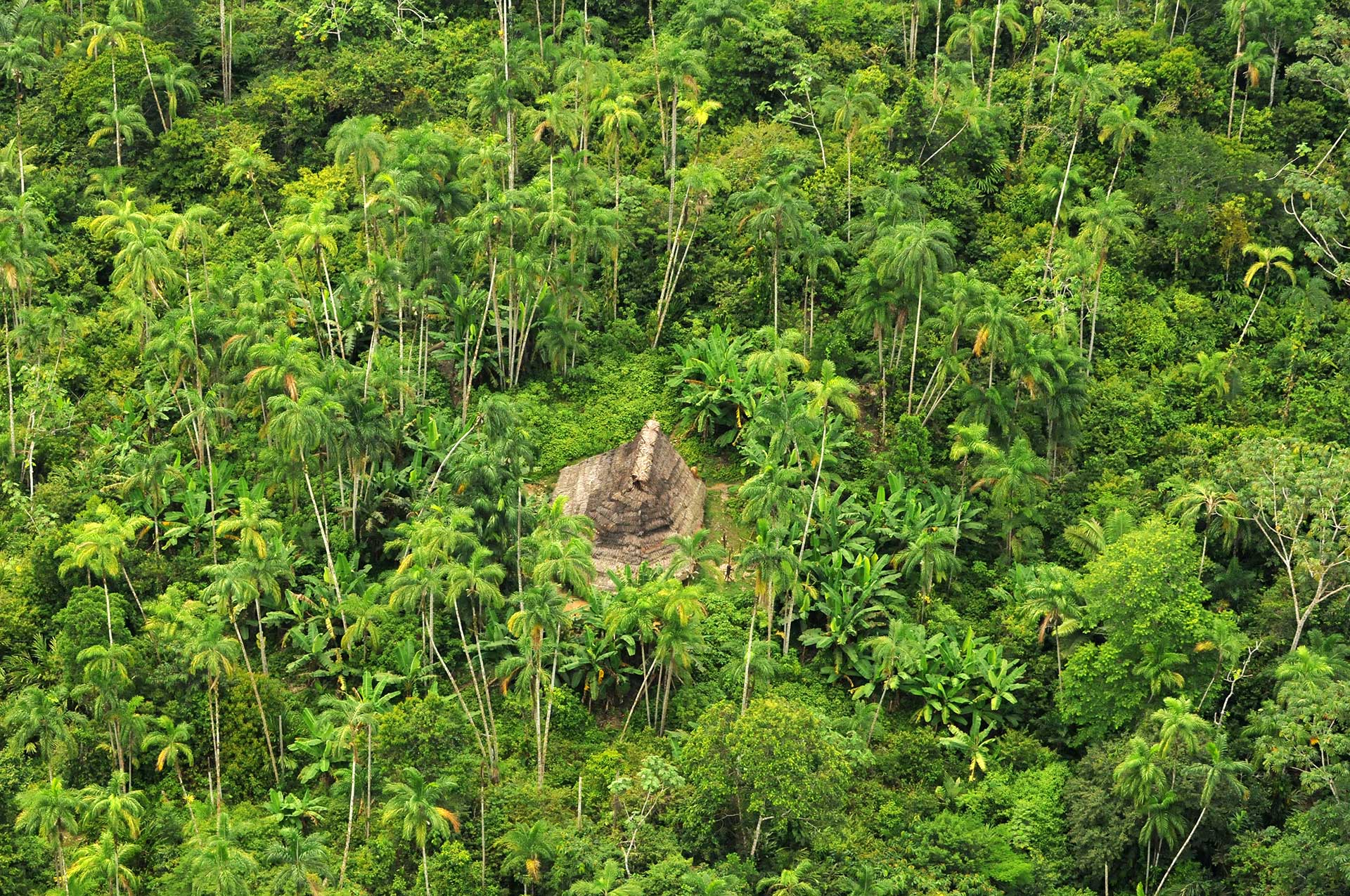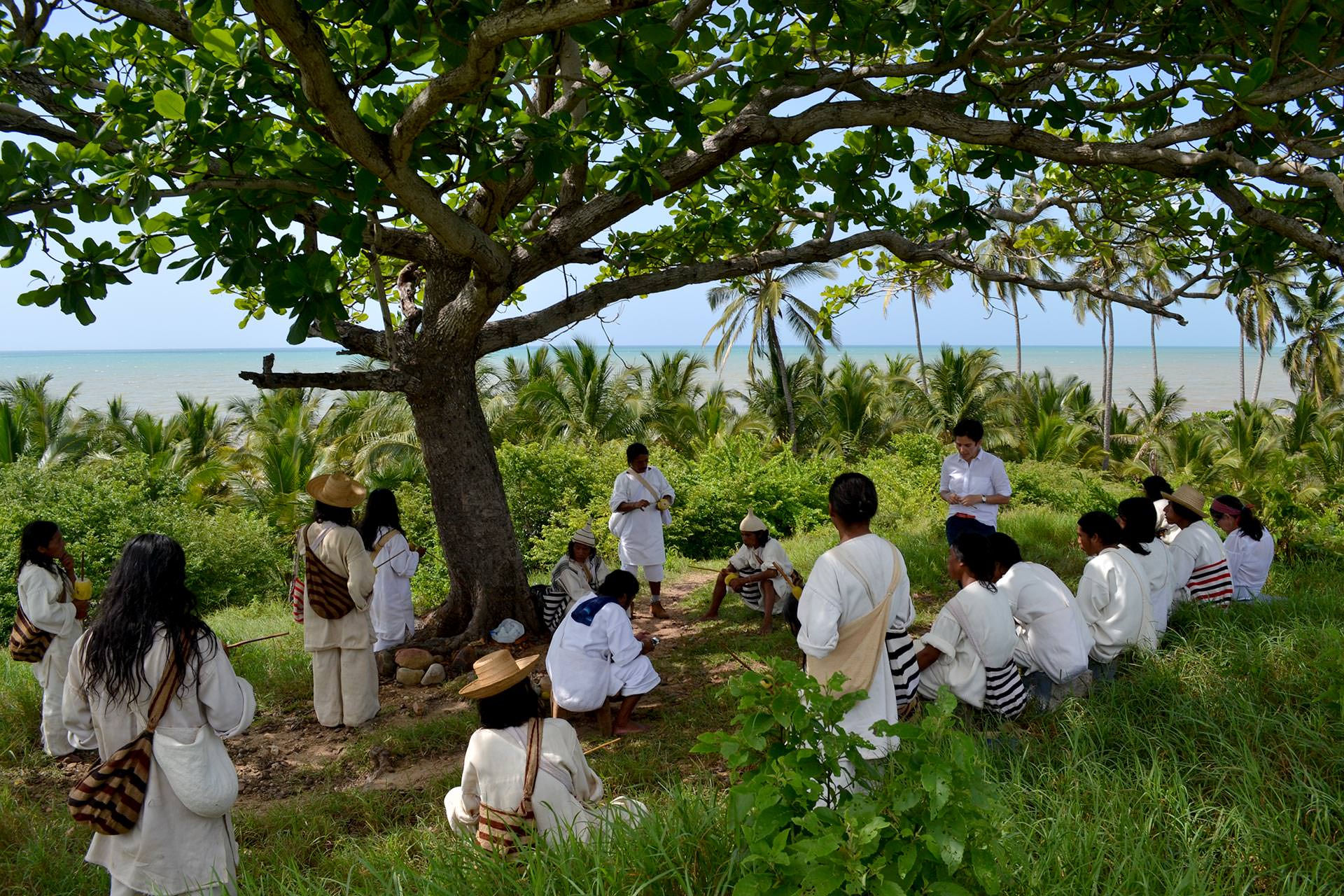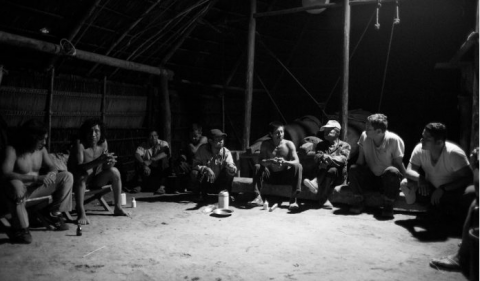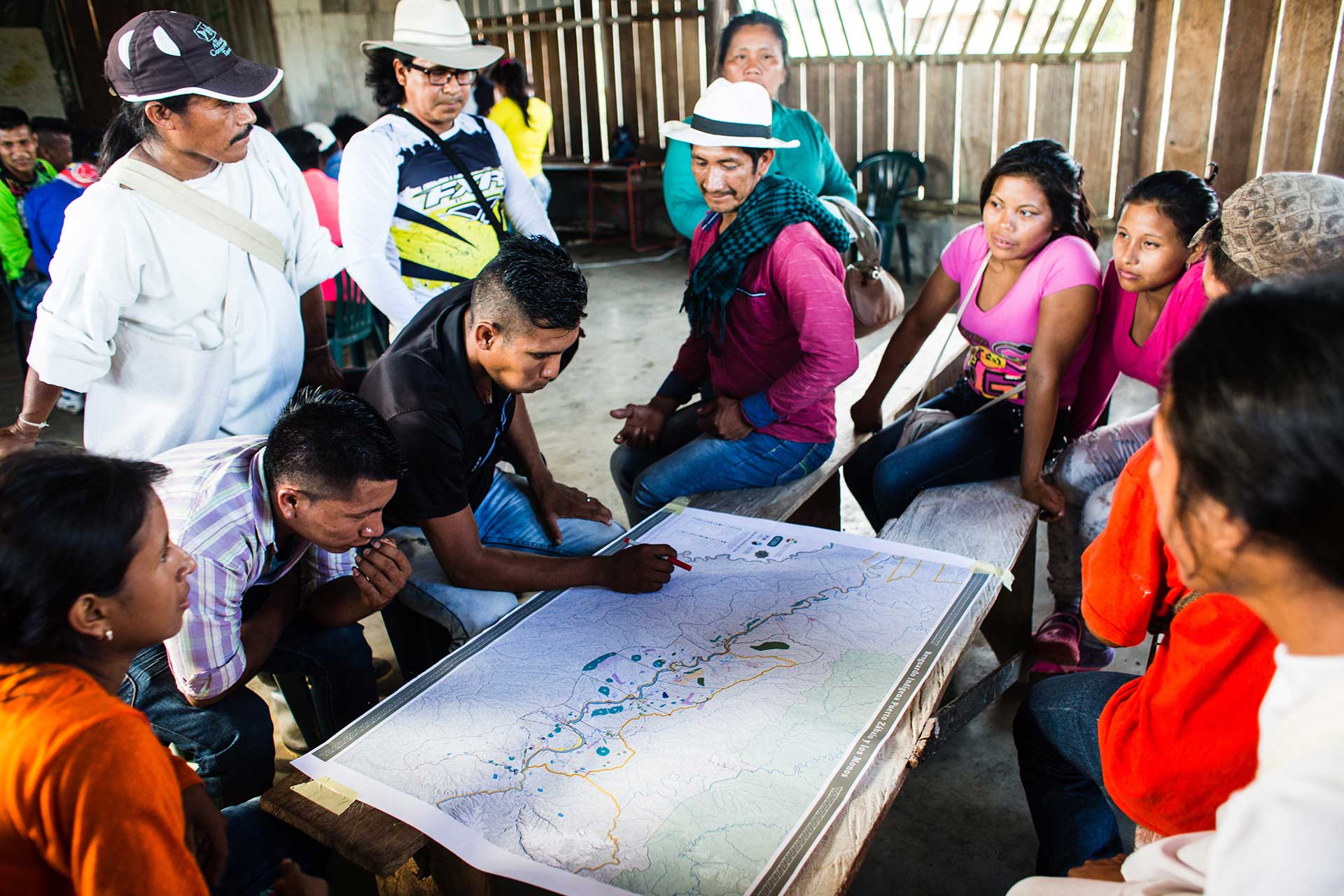Posts by Amazon Conservation Team
Land and history among the Matawai of Suriname
Along the Saramacca River in central Suriname live the Matawai people. They are descendants of Africans who escaped slavery in the 17th and 18th centuries by fleeing into the jungles and fighting for their freedom. In the rainforest, the survival of the Matawai has always depended on an intimate knowledge of their territories. Place-based stories…
Read MoreColombian Government Signs Decree Recognizing the Ancestral Territory of the Indigenous Communities of the Sierra Nevada de Santa Marta
On August 6, Colombian President Juan Manuel Santos signed a decree that recognizes the ancestral territory of the indigenous communities of the Sierra Nevada de Santa Marta (SNSM), as defined by the sacred sites of the Linea Negra (Black Line), a ring of sacred sites around the base of the SNSM that forms the boundary…
Read MoreTo Take Care of Your Garden, First Get Your House in Order
Carolina Gil is among the women who have dedicated themselves protecting the forests of the Amazon. The challenge that Colombia has ahead can only be met with many hands. She believes in collective work, for a rainforest without heroes. Before the Amazon became a hot topic in the media because of the 144,417 hectares razed in that region of Colombia, the mining threats and the science that began to explain the Amazon’s importance in the regulation of global climate.
Carolina Gil, program director of the NGO the Amazon Conservation Team, knew the other face of conservation, which few others were emphasizing: to try to conserve a territory without taking into account the people who live in it was a formula for failure.
“It is the communities that can ensure that a forest is healthy, with the means of living that they require.”
Colombian Government Approves Decree for the Protection of Isolated Indigenous Groups
On July 17, 2018, the Colombian government approved a landmark national public policy for the protection of isolated indigenous groups. The policy was developed in a collaboration led by the Colombian Ministry of the Interior with the participation of governmental entities and local and regional indigenous organizations, supported by technical and legal assistance from the nonprofit Amazon Conservation Team (ACT). his groundbreaking national public policy was the first in the Amazon region directly led by the grassroots efforts of neighboring indigenous communities and indigenous organizations undergoing a process of free prior informed consent according to international regulations, thus resulting in an unprecedented integration of traditional spiritual worldviews in modern environmental protection strategies.
Read MoreAmazon Conservation Team Congratulates Colombia On Creation of Amazon’s Largest National Park
The Amazon Conservation Team (ACT) enthusiastically congratulates Colombia on the announcement of a 1.5-million-hectare expansion of Chiribiquete National Park, the country’s largest protected area. Increasing Chiribiquete’s area by over 50%, this protective measure will help stave off the extensive deforestation moving in from the northwest. Surrounding the park lie two of the most deforested…
Read MoreACT and Opiac Participate in Second International Meeting on “Perspectives on Protection Policies for Indigenous Peoples in Isolation and Initial Contact”
The second international meeting on “Perspectives on Protection Policies for Indigenous Peoples in Isolation and Initial Contact”, held in Brazil, was successfully completed. The Colombia delegation consisted of Robinson Lopez, Human Rights and Peace Coordinator for the National Organization of the Indigenous Peoples of the Colombian Amazon (OPIAC); Oswaldo Silva, a leader of the Curare – Los Ingleses Indigenous Reserve of the Amazonas department; and Daniel Aristizábal of the Amazon Conservation Team (ACT), who presented a paper on the prior consultation process for a proposed decree for the prevention of risks to and the protection of the rights of indigenous peoples in isolation of Colombia.
Read MoreImpact: Sacred Sites
We know that our partner communities can best safeguard their forests when they have access to their traditional territories, sustainable livelihoods, and intact traditions. But there is often more. The elders frequently tell us that in order for their communities to truly flourish, they need to control lands that are sacred to them. From our…
Read MoreBreaking News: Final steps for the Issuance of a Decree for the Prevention of Threats to and the Protection of the Rights of Indigenous Peoples in Isolation in Colombia
Indigenous peoples, through their national organizations, reached an agreement with the government of Colombia on the development of a public policy and a regulatory framework for the prevention of threats to and the protection of the rights of indigenous peoples in isolation of Colombia. The spirit of the decree seeks to ensure the prevention of threats to and the protection of rights and the permanence of the condition of isolation of these peoples through territorial intangibility, which manifests through the no-contact principle.
Read MorePresident Santos Announces a Decision Today
After waiting 27 years, the indigenous governments of non-municipalized areas of the Amazon finally will be able to manage the money from their national government transfers without intermediaries.
In Leticia, the Presidency, the Ministries of the Interior, Finance and Agriculture, DANE (the Colombian national statistics agency and the Colombian National Planning Department recognized the governments of 36 indigenous reserves that occupy 26 million hectares of practically intact territory and that had existed in a state of legal limbo with respect to territorial zoning that prevented them, in effect, from governing what is theirs by law.
Breaking News: The Colombian Amazon Has the Same Rights as a Person
Colombia’s Supreme Court issued a historic ruling combating climate change in Latin America. According to the decision, the Amazon region is now subject to rights, similar to those assigned to the Atrato River, and the Presidency and regional entities must act urgently to protect it from deforestation.
Read More

